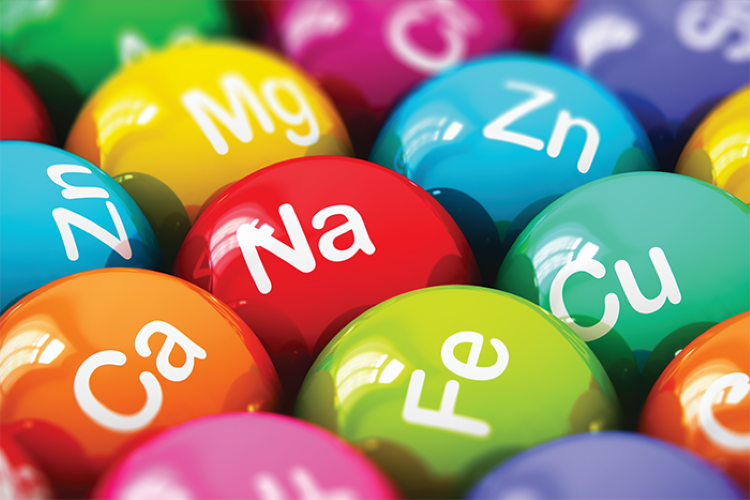
Increasing feed efficiency means that more milk is being produced out of the same amount of feed. This will reduce the environmental footprint of the dairy farm because the number of greenhouse gasses per litre of milk produced will go down. Next to reducing the environmental footprint, improving the feed efficiency of dairy cows will also increase the income over feed costs, making dairy farming more profitable. Whereas in dairy and poultry farming, feed efficiency is the most commonly used performance indicator, dairy farmers often use milk production and the amount of milk solids produced to measure the performance of the farm. As a result, potential gains in feed efficiency often go unnoticed.
How can the feed efficiency of dairy cows be defined?
Feed efficiency in dairy cows can be defined as the amount of milk per unit of dry matter consumed. This can be calculated in several ways. A commonly used way to calculate the feed efficiency of dairy cows is to divide the kg of Energy Corrected Milk (ECM) by kg of Dry Matter Intake (DMI). In this case, the amount of milk is corrected to 3.5% fat and 3.2% milk protein by using the following formula: ECM = (0.327 X kg milk) + (12.95 X kg fat) + (7.65 X kg protein).
How can the feed efficiency of dairy cattle be influenced?
Feed efficiency in lactating dairy cows can vary from <1.3 to >2.0. As a result, the income over feed costs and the environmental footprint of dairy farming can vary enormously between dairy farms. Several factors have an impact on the feed efficiency of dairy cows such as:
- Digestibility of feed
- Milk production
- Feed intake
- Days in milk
- Forage quality
- Forage quantity
- Age of the cows
- Protein level of the ration
- Somatic cell count
- Body weight change
- Fat percentage of the milk
- Rumen acidosis
- Environmental stress
- The amount of exercise and grazing
- Pregnancy
- The use of certain feed additives
Out of those factors, the digestibility of the feed is one of the most important ones. In ruminants, a well-functioning rumen is key to ensure maximum digestibility of feed. Trace mineral management can have a serious impact on rumen function and thus on the digestibility of the diet of dairy cows.
Feeding IntelliBond improves fibre digestibility
The negative impact of sulphate salts on the rumen microflora reduces their ability to digest fibre, in term resulting in a reduction of feed efficiency. Multiple studies carried out by different independent research groups have proven that completely replacing sulphate trace minerals with IntelliBond will avoid high levels of metal ions being present in the rumen. This will result in a significant improvement in fibre digestibility. A meta-analysis of all studies carried out with IntelliBond showed an average improvement of NDF digestibility of 1.7%. University research in dairy cows has shown that each one-point difference in NDF digestibility can represent an extra 0.25 to 0.3 kg of daily Energy Corrected Milk production.
